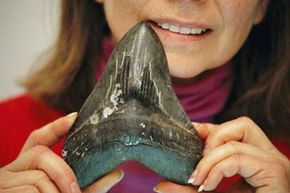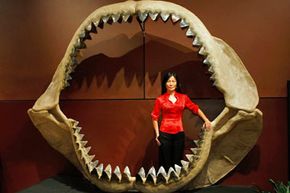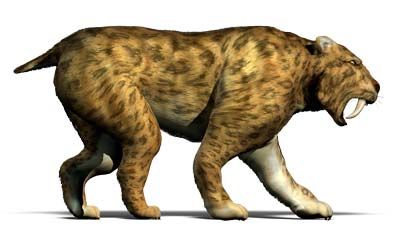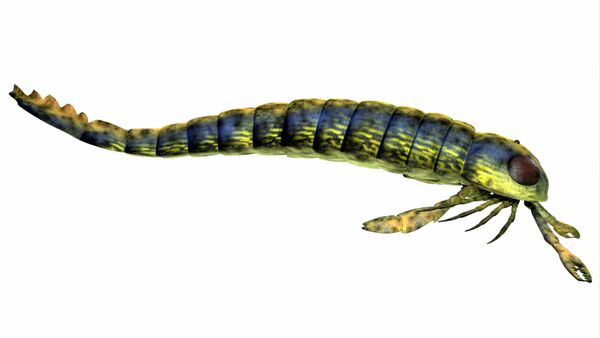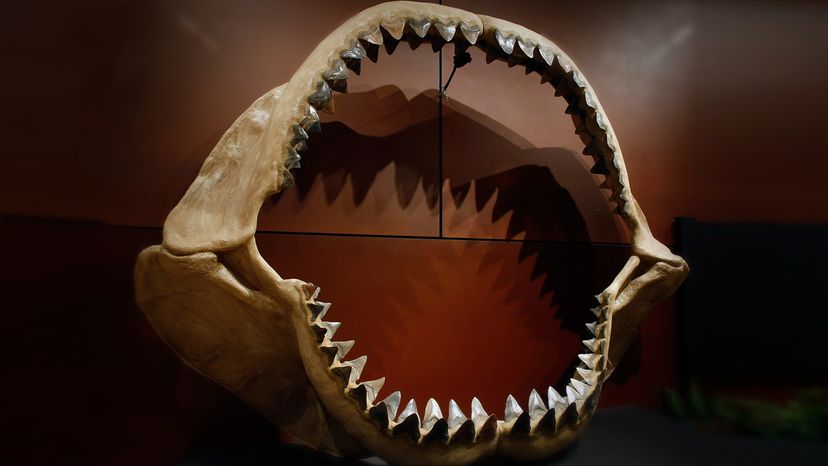
Key Takeaways
- Megalodon, an enormous prehistoric shark, lived around 1.5 to 20 million years ago and grew up to 60 feet (18.3 meters) in length.
- Its fossils, primarily teeth and vertebrae, have been found worldwide, indicating it was a top predator in ancient oceans.
- Megalodon went extinct about 2 million years ago, likely due to climate changes, shifting food sources and competition from other marine predators.
Carcharodon megalodon, the megatooth shark, isn't just a favorite topic among science fiction fans and cryptozoologists (who study evidence of the existence of unverified species) -- it was a real, living shark that roamed the oceans around 1.5 to 20 million years ago. C. megalodon was discovered in the 1600s when naturalist Nicolaus Steno identified large fossils -- previously thought to be tongues of dragons or snakes -- as giant shark teeth. Since then, biologists and scientists have unearthed hundreds of fossilized megalodon teeth and centra (boney, vertebraelike spinal segments), allowing us to learn more about this mysterious creature of the ancient seas.
Popular sci-fi books and films continue to elevate the megalodon to mega pop culture status. Some have even fueled myths that perpetuate the belief that this giant shark lived during the same time as dinosaurs (though they went extinct some 45 million years before megalodon existed) or humans (though we've only been around for about 100,000 years).
Advertisement
In addition to confusion over when megalodon existed, some fanatics believe this supersized beast isn't extinct at all, but is still lurking in our oceans. Is it really possible for a creature of mega-proportions to live without detection for millions of years? And just how big was megalodon anyway? In this article, we'll answer these questions and delve into what life might have been like for megalodon -- along with what makes this mystery monster such a hot topic today.
Advertisement
